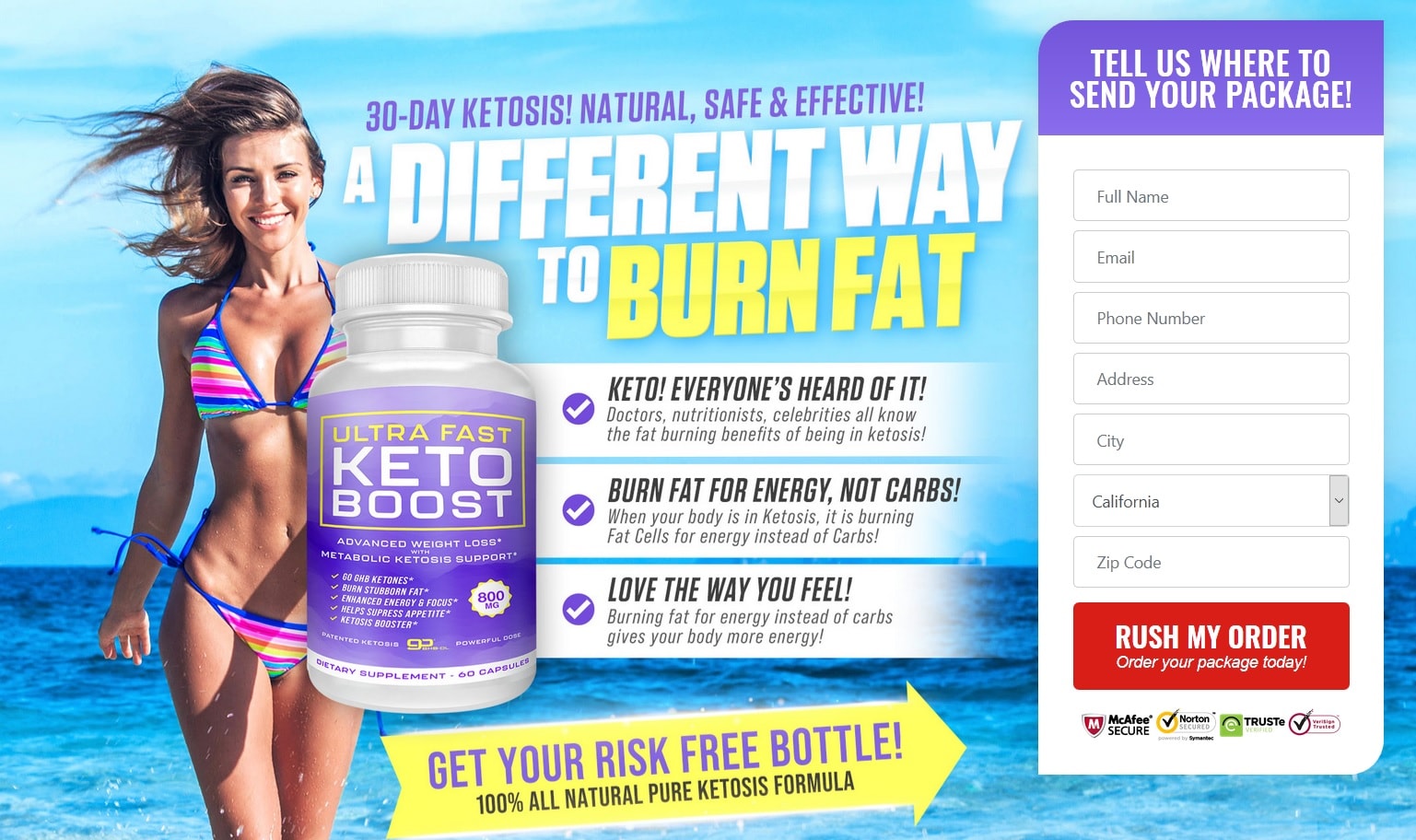Table of Contents

How Can I Start Keto Diet?
Are you ready to take control of your health and transform your body? Starting a keto diet may be just what you need. By following this low-carb, high-fat eating plan, you can achieve weight loss, improved energy levels, and enhanced mental clarity. It’s like putting premium fuel in your body, allowing it to function at its best. So, buckle up and get ready to embark on a journey towards a healthier, happier you with the keto diet.
Getting Started With Keto Diet
To begin your keto diet journey, you’ll need to make some essential changes to your daily eating habits. Starting a keto diet can be a bit overwhelming at first, but with the right approach, you can ease into it and set yourself up for success. Here’s how to get started on a keto diet for beginners.
First, you’ll want to familiarize yourself with the basic principles of the keto diet. The primary goal of this diet is to switch your body’s primary fuel source from carbohydrates to fat. This is achieved by drastically reducing your carb intake and increasing your consumption of healthy fats. A typical keto diet consists of high-fat foods like avocados, nuts, seeds, oils, and fatty cuts of meat, along with moderate protein and very low carb intake.
Next, it’s important to gradually reduce your carb intake. Start by eliminating sugary beverages, refined grains, and processed foods from your diet. Instead, focus on incorporating whole, nutrient-dense foods like vegetables, eggs, fish, and poultry. As you progress, aim for a daily carb intake of around 20-50 grams, depending on your individual needs and goals.
In addition to adjusting your macronutrient ratios, it’s crucial to stay hydrated and replenish electrolytes. When you restrict carbs, your body tends to excrete more water and electrolytes, which can lead to dehydration and imbalances. Make sure to drink plenty of water and consider supplementing with electrolytes to prevent any adverse effects.
Lastly, it’s important to listen to your body and make adjustments as needed. Some individuals may experience keto flu symptoms, such as fatigue, headaches, and irritability, during the initial transition. This is typically temporary and can be alleviated by staying hydrated, increasing your salt intake, and ensuring you’re getting enough calories from healthy fats.
Beginner’s Guide to Starting a Keto Diet
If you’re new to the keto diet, understanding the basics is essential for a successful start. Here is a beginner’s guide to help you get started on your keto journey.
First and foremost, it’s important to understand that the keto diet is a low-carb, high-fat diet. The goal is to get your body into a state of ketosis, where it starts burning fat for fuel instead of carbohydrates. To start the keto diet, you’ll need to drastically reduce your carb intake and increase your fat consumption.
To begin, you can start by eliminating high-carb foods such as bread, pasta, rice, and sugary snacks from your diet. Instead, focus on incorporating healthy fats like avocados, nuts, seeds, and olive oil into your meals. You should also include moderate amounts of protein from sources like meat, fish, and eggs.
Tracking your macronutrient intake is crucial when starting the keto diet. Aim for a daily intake of around 70-75% fat, 20-25% protein, and 5-10% carbs. There are various online resources and mobile apps available to help you track your macronutrients.
It’s also important to stay hydrated and consume plenty of water throughout the day. Additionally, electrolyte imbalances can occur when starting the keto diet, so it’s recommended to supplement with electrolytes or consume foods high in electrolytes, like leafy greens and avocados.
Step-by-Step Approach to Starting Keto Diet
Follow this step-by-step approach to begin your keto diet successfully. Starting the keto diet can be challenging, but with the right approach, you can achieve your weight loss goals.
1. Educate Yourself: Before starting the keto diet, it’s crucial to understand its principles and how it works. Research reputable sources, read books, and consult with healthcare professionals to gather accurate information.
2. Calculate Your Macros: Determine your macronutrient goals, including the right amount of carbohydrates, protein, and fat to consume. Online calculators can help you with this process.
3. Clean Out Your Pantry: Get rid of high-carb foods such as bread, pasta, sugary snacks, and processed foods. Stock up on keto-friendly alternatives like low-carb vegetables, healthy fats, and protein sources.
4. Plan Your Meals: Create a meal plan that includes a variety of keto-friendly foods. Focus on incorporating high-quality fats, moderate protein, and low-carb vegetables into your meals.
5. Stay Hydrated: Drink plenty of water throughout the day to stay hydrated and support your body’s natural functions.
6. Monitor Your Progress: Keep a food diary, track your macros, and monitor your weight loss progress. This will help you stay accountable and make any necessary adjustments to your diet.
Tips for Starting a Keto Diet Successfully
With a little planning and dedication, you can easily incorporate a keto diet into your lifestyle and achieve your health goals. If you’re wondering how to start a keto diet the easy way, here are some tips to get you started on the right track.
Firstly, it’s important to understand the basics of a keto diet. The main principle is to consume high amounts of healthy fats, moderate protein, and very low carbohydrates. This helps your body enter a state of ketosis, where it burns fat for fuel instead of carbohydrates.
To start your keto diet for the first time, begin by cleaning out your pantry and removing all high-carb foods. Stock up on keto-friendly foods like avocados, nuts, seeds, fish, meat, eggs, and low-carb vegetables. Planning your meals and snacks in advance can also help you stay on track and avoid temptations.
When starting a keto diet at home, it’s essential to stay hydrated and consume enough electrolytes. This can be achieved by drinking plenty of water and adding salt to your meals. Additionally, consider incorporating intermittent fasting into your routine, as it can enhance the effects of a keto diet.
If you’re looking for a free resource to guide you, there are many online communities and websites that provide meal plans, recipes, and support. Remember, starting a keto diet requires patience and perseverance. Be consistent, listen to your body, and consult with a healthcare professional if needed.
Essential Steps to Begin a Keto Diet
Take the initiative to prioritize and commit to the essential steps needed to successfully begin a keto diet. If you’re wondering how to start the keto diet, follow these key guidelines to get started on the right track.
First, educate yourself about the keto diet. Understand the science behind it and how it works. Knowing the basics will help you make informed decisions about your food choices.
Next, calculate your macronutrient ratios. The keto diet is high in fat, moderate in protein, and low in carbohydrates. Use an online calculator to determine the specific ratios that align with your goals.
Once you have your macronutrient ratios, plan your meals accordingly. Stock up on keto-friendly foods such as meat, fish, eggs, cheese, nuts, and low-carb vegetables. Remove any tempting high-carb items from your pantry to avoid temptation.
To ease into ketosis, gradually reduce your carbohydrate intake over a few days. This will allow your body to adjust to the new fuel source. Aim to consume around 20-50 grams of net carbs per day.
Lastly, stay hydrated and replenish your electrolytes. The keto diet can cause diuresis, leading to fluid and electrolyte imbalances. Drink plenty of water and consider adding electrolyte-rich foods or supplements to your diet.
Overcoming Challenges in Starting Keto Diet
Overcome challenges in starting the keto diet by identifying potential obstacles and finding effective strategies to address them. Starting a new diet can be challenging, but with the right mindset and approach, you can set yourself up for success on a keto diet.
One common challenge is knowing how to start a keto diet. It’s important to educate yourself about the principles of the diet and the types of foods you can eat. Familiarize yourself with low-carb, high-fat foods such as meat, fish, eggs, nuts, and healthy oils. Plan your meals in advance and make a shopping list to ensure you have the necessary ingredients on hand.
Another obstacle is finding affordable options for starting a keto diet. While some specialty keto products can be expensive, it’s not necessary to rely on them. Focus on whole, unprocessed foods that are naturally low in carbs and high in fat. This can help you save money while still following a keto diet.
Additionally, sticking to the diet can be challenging when dining out or attending social events. Prepare for these situations by researching keto-friendly options at restaurants and bringing your own keto-friendly snacks to gatherings. It’s also helpful to communicate your dietary needs to friends and family, so they can support you in your journey.
How to Kickstart Your Keto Diet Journey
Start your keto diet journey by gradually reducing your carbohydrate intake and increasing your fat consumption. This will help your body transition into a state of ketosis, where it burns fat for fuel instead of carbohydrates. To begin, focus on eliminating high-carb foods such as bread, pasta, rice, and sugary snacks from your diet. Instead, opt for foods that are rich in healthy fats like avocados, nuts, seeds, and fatty cuts of meat. It’s also important to consume an adequate amount of protein to support muscle growth and repair.
To ensure you stay on track, it’s helpful to plan your meals in advance and stock up on keto-friendly ingredients. This will make it easier to stick to your new eating plan and avoid temptation. Additionally, tracking your macronutrient intake can be useful in maintaining the appropriate balance of fats, proteins, and carbohydrates.
As a beginner, it’s important to be patient with yourself and understand that it may take time for your body to adjust to the ketogenic diet. You may experience symptoms such as fatigue, irritability, and brain fog as your body adapts to using fat as its primary fuel source. These symptoms, often referred to as the “keto flu,” can be alleviated by staying hydrated, consuming adequate electrolytes, and getting enough rest.
Starting a Keto Diet: What You Need to Know
To successfully embark on a keto diet, you need to be aware of the key principles and guidelines. So, how do you start the keto diet? Here’s a step-by-step guide to help you get started.
1. Educate Yourself: Before starting any diet, it’s important to understand its principles and requirements. Research and learn about the keto diet to ensure you have a good grasp of what it entails.
2. Set Goals: Determine why you want to start a keto diet. Whether it’s for weight loss, improved energy levels, or other health benefits, having clear goals will help you stay motivated.
3. Plan Your Meals: Prepare a meal plan that includes low-carb, high-fat foods. Include a variety of protein sources, healthy fats, and non-starchy vegetables. There are many resources available online to help you create keto-friendly meal plans.
4. Clean Out Your Kitchen: Get rid of high-carb foods that may tempt you. Stock your pantry and fridge with keto-friendly options, such as avocados, nuts, eggs, and low-carb vegetables.
5. Monitor Your Macros: Track your macronutrient intake to ensure you’re staying within the recommended keto ratios. Aim for a high fat, moderate protein, and low carbohydrate intake.

